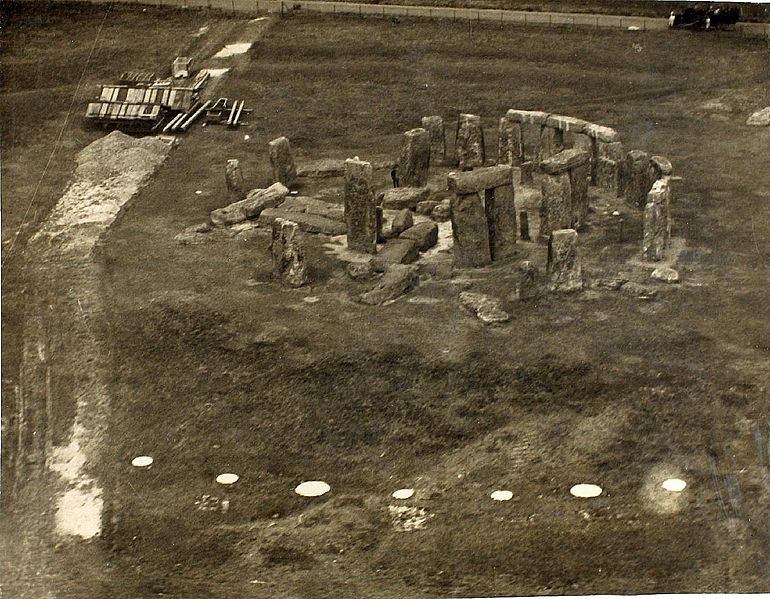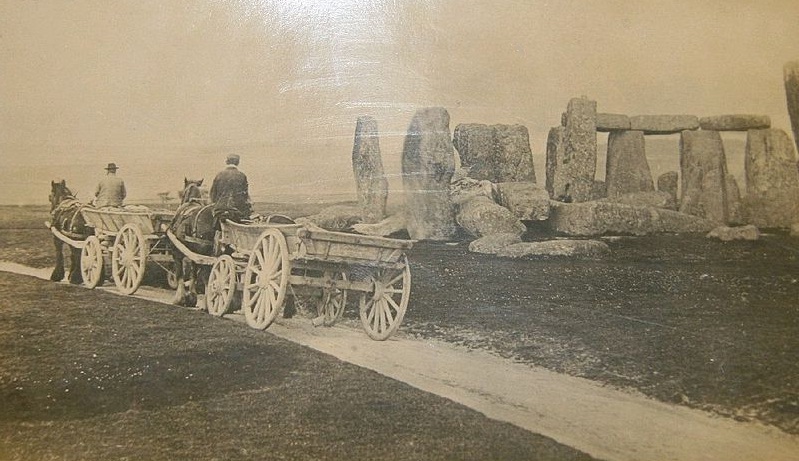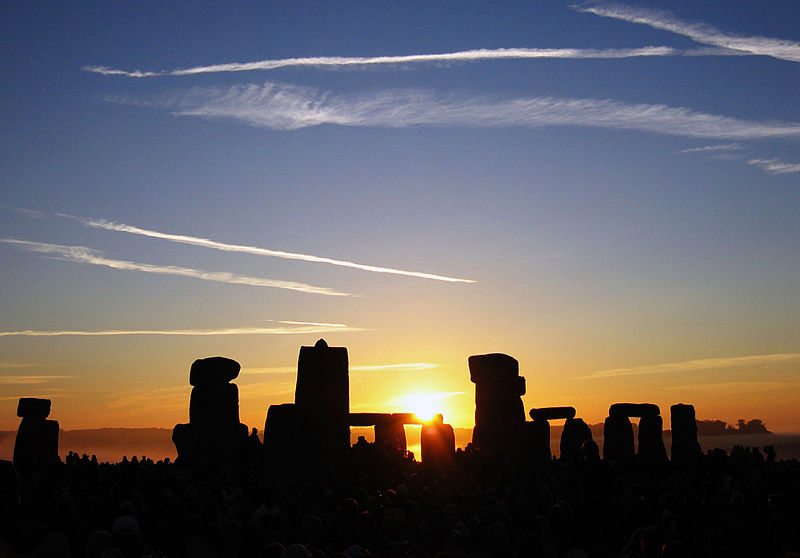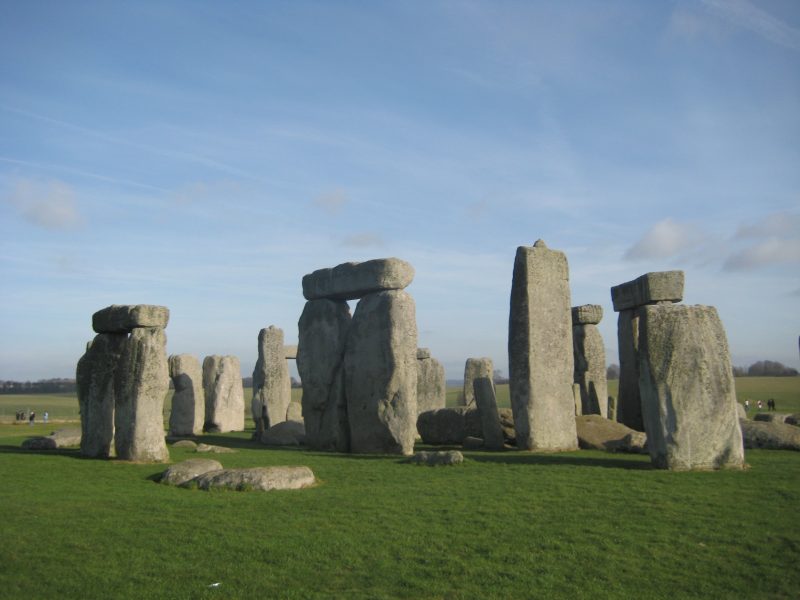
Historians and archaeologists are still trying to figure out just how our ancestors were able to build the pyramids, the Easter Island heads, and Stonehenge. They wonder how people were able to move such large rocks without heavy equipment to do the work. Now scientists believe that the rocks at Stonehenge, at least, were actually moved by glaciers, not people as has previously been thought.
A team of academic scholars from the University College London recently affirmed that the stones were excavated and transported from two different sites in Pembrokeshire by our ancestors. They say that nearly 4,000 to 5,000 years ago in the Welsh mountain range area of Carn Goedog and Craig Rhos-y-felin, the stones were excavated by humans. Our ancestors then dragged the rocks to Wiltshire, the location of Stonehenge.
While this could be true, other historians and scientists do not believe the team’s findings to be realistic. Doctors Brian John, Dyfed Elis-Gruffydd, and John Downes have recently reported that the placement of stones in this area suggest no sign of human intervention. The doctors do not believe that there was any kind of Neolithic quarry in Preseli Hills, as the findings in Goedog and Rhos-y-felin might suggest. They believe that the Stonehenge rocks landed on site naturally. John, Elis-Gruffydd, and Downes believe that the archaeologists at the University College London themselves created some of those features that make it look like humans were there years ago; that those features are only signs of their five years of working at the site.
Although scientists at several universities suggest that the stones were moved by humans, the doctors’ new theory seem more believable. Such heavy stones would have required a lot of work to relocate, while glaciers are a more promising cause since they can move large rocks with ease. Despite scholarly evidence that quarry workers had cut out the rocks for the settings at Stonehenge, Dr. John and his team claim that it makes more sense that the glaciers took the rocks with them as they moved eastward towards Salisbury over time. Dr. John and his team proved that there were many different landforms and sediments in that area that relate to the Ice Age. The last glaciation in the area would have been around 20,000 years ago.

The team did agree with the scholars’ findings of prehistoric camps near the quarry in Wales, however, but they believe that those were used by hunters in the area, not quarrymen. Dr. John and his team wrote in their report that the scholars had written about people being in the area, but there was no credible evidence that their purpose was to construct the stone monolith at Stonehenge. The doctors suggested that the scholars should re-evaluate their findings and make sure they are not so careless in the future as they do this and other research.
When four or five pits were found at the Pembrokeshire sites there were also totem-poles found erected nearby. Archaeologists have dated the totems and sites to the Mesolithic period between the years of 8500 to 7000 BC. Archaeologists are still not sure how these first sites are related to the Stonehenge site.
Stonehenge is in an open landscape, and it’s believed that’s why it was used as a Neolithic monument complex. Near the complex there was found an enclosure at Robin Hood’s Ball with two rectangular earthworks dating to around 3500 BC. Archaeologists believe that the Heel Stone and low mound in North Barrow were also parts of Stonehenge. The first construction was a circular ditch built in 3000 BC. In the bank, there were timber structures known as Aubrey Holes. Archaeologist today still do not know exactly what stood in the holes.

Inside and around the Aubrey Holes cremated human remains had been buried. Around 64 cremains have been found and around 150 people were buried there. This is considered the largest Neolithic cemetery on the British Isles.
In 2500 BC the stones were put in the center of the monument. There were two stones used for the monument, large sarsens and bluestones. The sarsens were put into two arrangements, inner horseshoe and outer circle, and the bluestones were used as a double arc. During the time those stones were put up, there were four Station Stones on the periphery. Nearly 200 to 300 years after the stones were put up, they were rearranged to form a circle and inner oval. The earthwork Avenue was also built during the time, connecting Stonehenge with the Avon River.
Archaeologists discovered artifacts that were most likely some of the last used before being abandoned. They found antlers in pits named Y and Z holes. Radiocarbon dating puts them at 1800 to 1500 BC. Archaeologists believe that the antlers were supposed to be used for some kind of arrangements on the stones, but the work was never completed.
